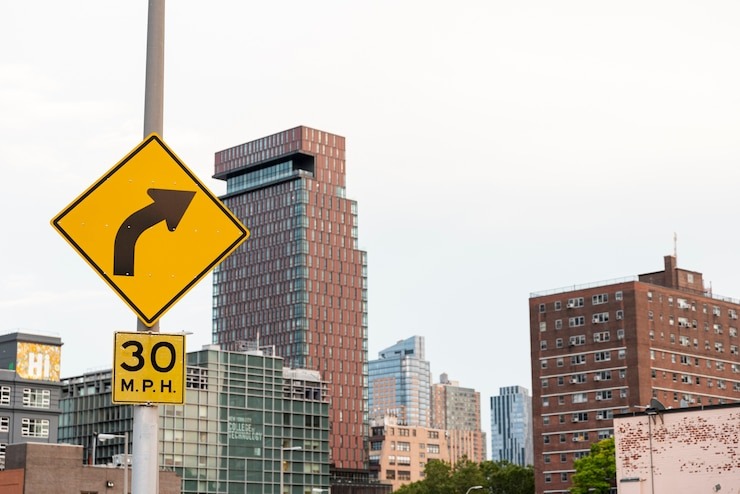Ensuring road safety involves more than just the physical infrastructure of roads. The psychological impact of speed limit road signs and safety barriers is critical in shaping driver behaviour, contributing significantly to overall traffic safety.
The Role of Speed Limit Road Signs
Speed limit road signs are not merely informational. They serve as psychological cues that guide drivers in making crucial decisions. When drivers see these signs, they subconsciously adjust their driving speed, understanding the implications of exceeding the limit. This response is rooted in the understanding that speed limits are set based on the road’s conditions, traffic density, and potential hazards.
Psychological Compliance with Speed Limits
Drivers tend to adhere to speed limit road signs when they perceive the limits as reasonable and fair. The placement of these signs at strategic locations – such as before curves, junctions, or near schools – triggers a mental check, reminding drivers to adjust their speed to match the road’s demands.
If perceived speed limits are too restrictive or unnecessary, drivers may ignore them, leading to increased risks. The effectiveness of these signs depends on how well they align with drivers’ expectations and the actual road conditions.
The Impact of Safety Barriers
Safety barriers serve as both physical and psychological protectors. Their presence on roads and highways can significantly influence how drivers perceive the safety of their journey.
1. Enhancing Driver Confidence
The visibility of safety barriers instils confidence in drivers, especially on winding roads or high-speed motorways. Knowing that there is a physical barrier between them and potential hazards like oncoming traffic or steep drops can reduce anxiety and encourage smoother driving.
2. Reducing Risk-Taking Behaviour
Safety barriers also discourage risky driving behaviour. On roads with sharp curves or dangerous drop-offs, barriers deter speeding or overtaking. Drivers are less likely to engage in risky manoeuvres when they see barriers, knowing that these structures are there to prevent accidents in case of a miscalculation.
The Combined Effect of Speed Limit Road Signs and Safety Barriers
When speed limit road signs and safety barriers are used together, they create a comprehensive safety system that addresses the psychological and physical aspects of driving.
1. Creating a Safer Driving Environment
Combining these elements helps create a safer driving environment by reinforcing safe driving habits. Drivers are more likely to follow speed limits when they see barriers that signal potential danger ahead. This dual approach reduces the likelihood of accidents and promotes a sense of security among drivers.
2. Psychological Reinforcement
The psychological reinforcement of speed limit road signs and safety barriers cannot be overstated. When drivers consistently see these cues, they develop a habitual response to slow down and exercise caution, leading to safer roads overall.
Conclusion
The psychological effects of speed limit road signs and safety barriers are vital in shaping driver behaviour. By strategically placing these signs and barriers, road safety authorities can reduce accidents and promote safer driving habits. As drivers, understanding the importance of these cues can help us make better decisions on the road, ensuring our safety and that of others.
Google My Business Profile : https://maps.app.goo.gl/e9RLg9BD5ksqw1fCA

